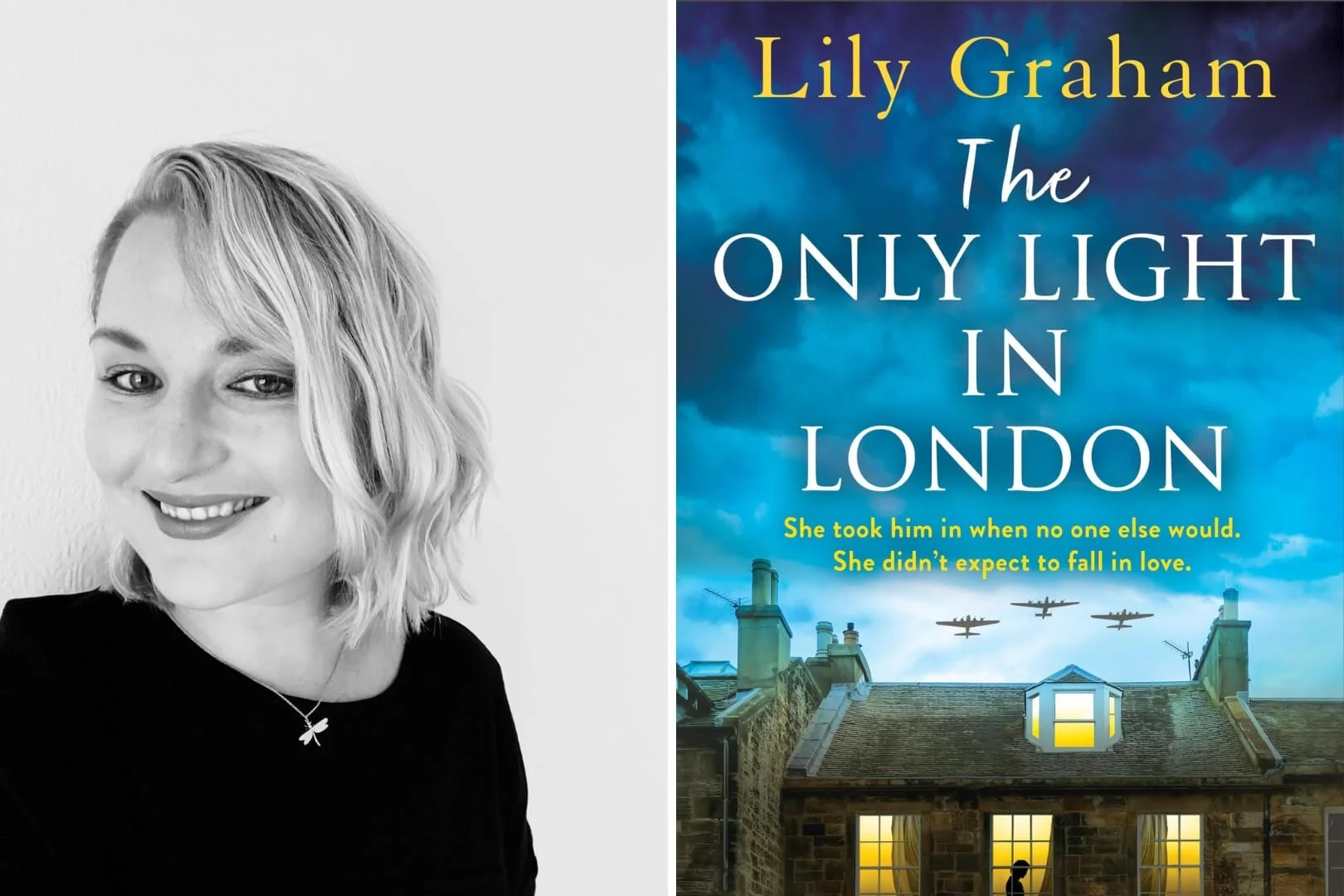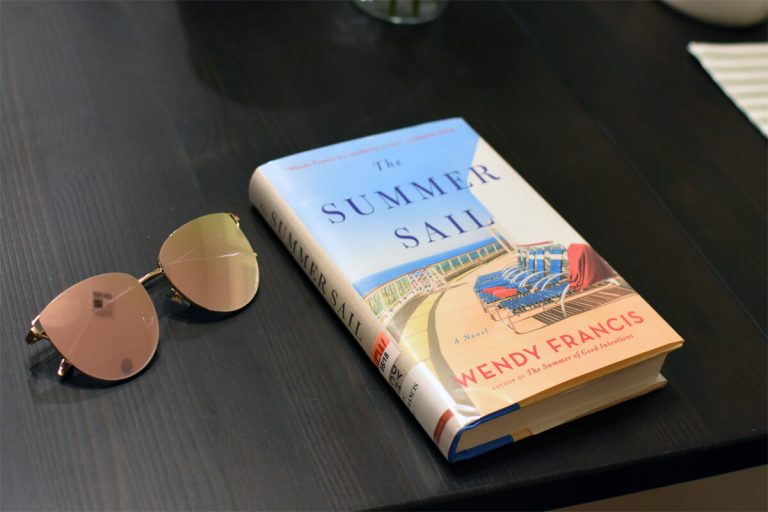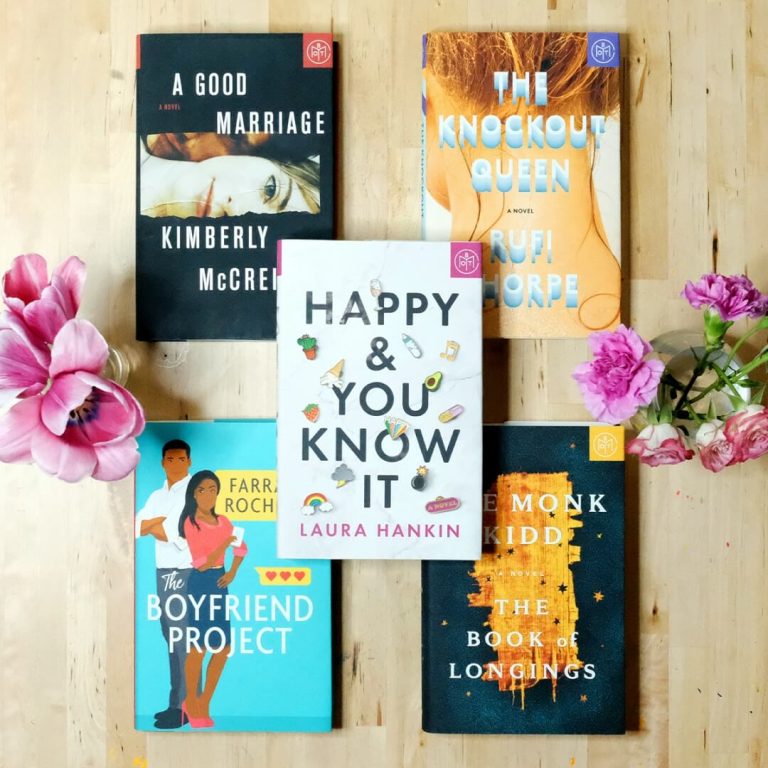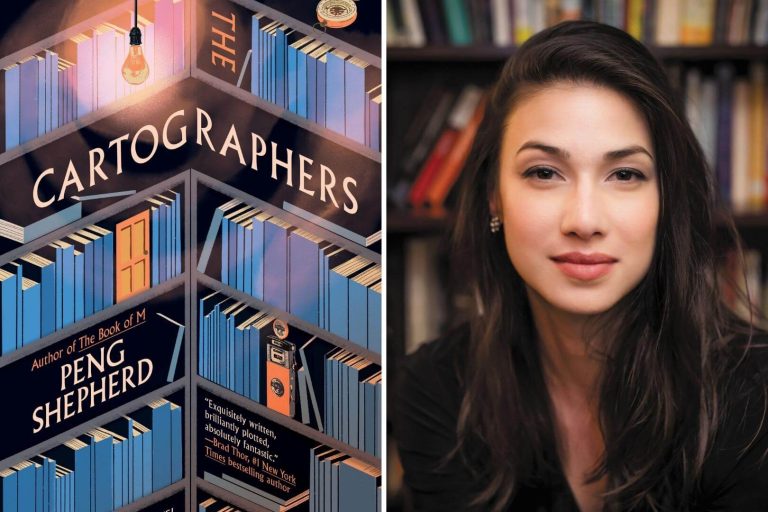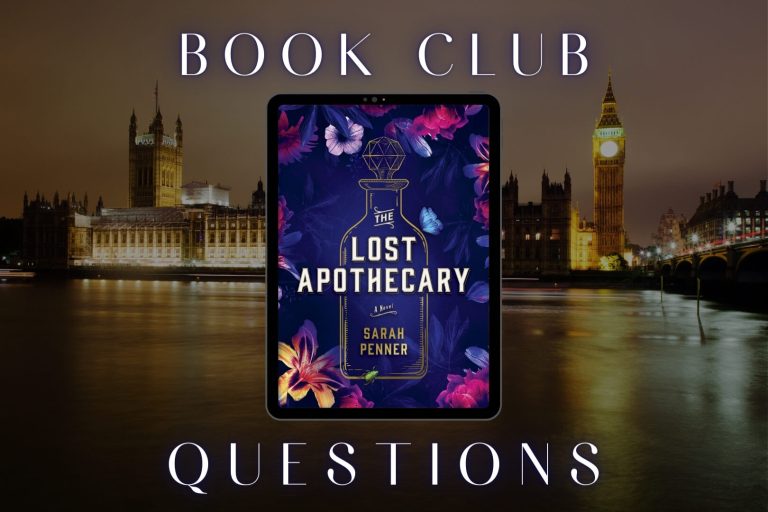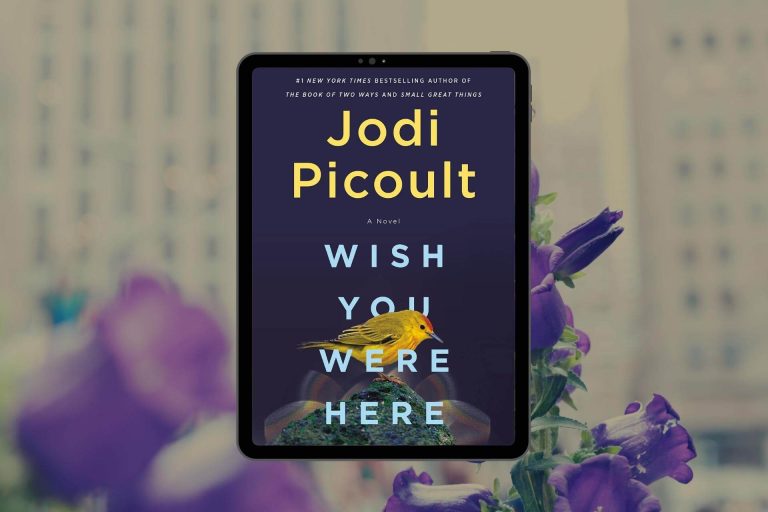Lily Graham is the author of The Only Light in London, which is available now.
Lily is the author of the bestselling, The Last Restaurant in Paris, The Paris Secret and The Island Villa, among others. Her books have been translated into numerous languages, including French, Italian, Polish, Portuguese and Turkish.
She grew up in South Africa, and was a journalist for a decade before giving it up to write fiction full time. Her first three novels were lighter, women’s fiction, but when she wrote The Island Villa, a story about a secret Jewish community living on the tiny island of Formentera during the Spanish Inquisition, she switched to historical fiction and hasn’t quite looked back since.
She lives now in the Suffolk coast with her husband and dog.
The Only Light in London is a story about facing the darkness and despair of war together and allowing the light to creep in. This is a heartwarming, poignant, moving and strong novel, set in the 1930s and 1940s. Graham knows how to pull at readers’ heart-strings through her characters’ conflicts, revelations, personal growth, friendship, relationships and sacrifices.
Let’s get to know Lily as she talks favorite novels, writing inspiration, research and more!
What are some of your favorite novels?
Some of my all-time favourites Fried Green Tomatoes at the Whistlestop Cafe by Fannie Flagg, Sense & Sensibility by Jane Austen, Jane Eyre by Charlotte Bronte, Anne of Green Gables by L.M. Montgomery, Goodnight Mr Tom by Michelle Magorian, The Guernsey Literary and Potato Peel Pie Society by Mary Ann Shaffer and Annie Barrows and I Capture the Castle by Dodie Smith.
When did you know you wanted to become an author?
At around age nine or so. I was a committed book-worm, and whenever a grown-up asked me what I wanted to be when I grew up I went into a panic because the only thing I really loved to do was read and I didn’t think I could get paid for that! And then one day, for the first time I looked at one of the books I was reading and then looked up the bit about the author, never having given that much attention before and a sort of light bulb went off and I thought, ‘Oh my goodness, this is someone’s job, and maybe … it could be mine?’ I also realised really quickly that this was going to be very hard because I wasn’t that kid that the teacher’s made a fuss about when it came to their creative writing. But I made it my mission to become one of them.
It took years but eventually, by around high school I was. I also write for kids and I generally tell them when I go to school visits that I genuinely believe my disability (I was born with one hand) is what helped me succeed because I’d had a lifetime of learning how to do things most people thought I wouldn’t be able to do like ride a bicycle or tie up my hair, and so I just figured learning how to become a writer and then author was another thing I could get better at, and I was right.
What inspired you to write The Only Light in London?
It was during Lockdown in the U.K, and all the theatres and cinemas were shut, only ‘essential workers’ were allowed to leave their homes, and I realised just what an impact the creative industry has on our lives — cinema, theatre, bookshops, etc and how the magic had seemed to have gone out of my life as a result, and while I was thinking of this, it made me think of the parallels between then and the war and how so many people’s lives were similarly disrupted.
I then came across an advert from the Second World War air-raids at underground shelter where they were calling on amateur dramatics and other groups to entertain the crowds and I thought it would be fun to build a story around that, as well as to explore the idea of ‘Blitz Spirit’ — the idea that everyone just kept calm and carried on, and I found that while that was true, and there were accounts of people banding together and a sense of normal life carrying on, it was actually very hard won and there was, as is expected a lot more nuance, fear, and suffering during that time.
What type of research did you conduct while working on the novel?
I read a lot of diaries from the period, so I could have more of sense of real people and their experience of life in London and the rest of England at the time. Margaret Kennedy’s Where Stands a winged Sentry was a standout, it really gave me a sense of how people were feeling as war broke out. Few Eggs and No Oranges by Vere Hogson was remarkable, and definitely gives a glimpse of the ‘Blitz Spirit’ that was to typify England’s reaction at the time, it begins with her first practice air raid and the fear and panic of it, and then later as the war progresses she shows how normalised it became and shares an account of her going up onto the roof to witness the bombings, as they dropped across the sky.
I also went on a walking tour of London to see the bomb sites and shelters, which was incredibly fascinating It’s the first book where I set the story somewhere close to where I live, and so being able to go to places like The Transport Museum and see a display of what an underground shelter looked like, and watch film accounts from the time in person was an absolute privilege and made the research even more moving.
Can you share your favorite part or chapter to write?
I think my favourite is the first chapter, where you meet Finley, the main character who is terrified of being trapped in the underground but then sees someone else — a neighbour, who is suffering and goes to help. I just fell in love with her right from the beginning. I also loved the chapter when we first meet Sebastien, a Jewish refugee from Germany, who encounters prejudice on the tube. Characters are always my favourite.
What are you currently reading and what’s on your TBR (to be read) list?
I finished The Book Woman of Troublesome Creek by Kim Michele Richardson about two weeks ago, which absolutely blew me away, such a beautiful, sad and poignant story about the Pack Horse Librarians of Kentucky and the true ‘blue people’ of the area. It was such an incredible book that I was immediately thrust into a book-slump afterwards as all I wanted to read was more like that and so I ordered the sequel The Bookwoman’s Daughter. I stumbled across The Seven Imperfect Rules of Elvira Carr by Frances Maynard, yesterday, and found myself unable to put it down — slump cured instantly. It’s a funny, special and thought provoking book. Its comparison to Eleanor Olifant is Completely Fine is deserved, in fact, I think I love this one more, and I loved Eleanor Olifant!
